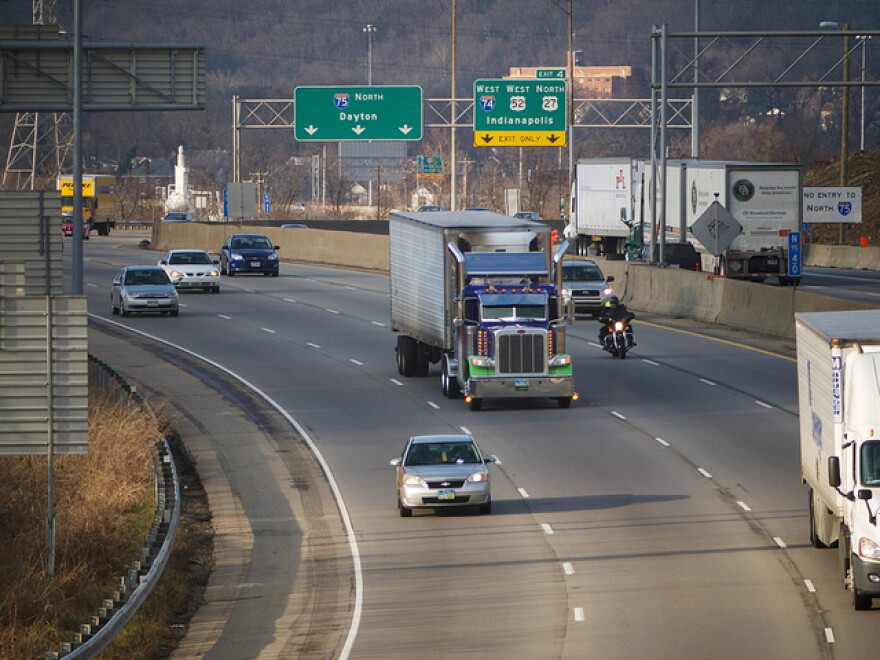Dayton ranks among the worst in the country in a Brookings Institution study that finds many people in metro areas are living further away from jobs.
The report compares the year 2000 to 2012 and finds that in most metro areas around the country, the average resident saw a decline in nearby jobs. That change comes as more and more people, especially low-income people, live in suburbs.
“Where jobs locate matters,” said study co-author Natalie Holmes. “If there are jobs growing in certain parts of the region...that’s wonderful for people who live in that part of the region, but for someone who’s on the other side of the metro area, those jobs are going to be inaccessible.”
In almost all of Greene, Montgomery and Miami Counties, residents saw decreases in the number of jobs within a 6.6 mile radius, which is the average commute distance. Only a few rural census tracts saw slight increases.
The decrease in nearby jobs for the average resident of a metro area was around 7 percent; for black residents, though, the decline was 14 percent, and the average Hispanic resident saw a 17 percent decline.
Around the country people of color and residents of poor areas end up having to travel further for work, and that tendency is pronounced in the Dayton area. When it comes to the loss of nearby jobs, the most intense part of Dayton is West Dayton and the eastern side of Trotwood. People living in those census tracts, many of which are poor and majority-black, saw around a 28 to 35 percent decline in jobs located nearby.
Dayton was third from the bottom on a list of 96 metro areas—with only Detroit and Cleveland faring worse.
The report’s authors say leaders and economic developers need to keep this dynamic in mind, and push for a more regional way of thinking about planning. The facts, they say, “point to the need for more integrated and collaborative regional strategies around economic development, housing, transportation, and workforce decisions that take job proximity into account.”
Currently in Dayton, the city and suburbs compete to bring in jobs and development, and some suburbs have fared well in the recovery, while others have continued to suffer. But downtown and suburban residents alike saw declines in jobs within a reasonable commute distance, a dynamic that could turn around as economic recovery continues.
Lewis Wallace is WYSO’s managing editor, economics reporter and substitute host. Follow him @lewispants.





